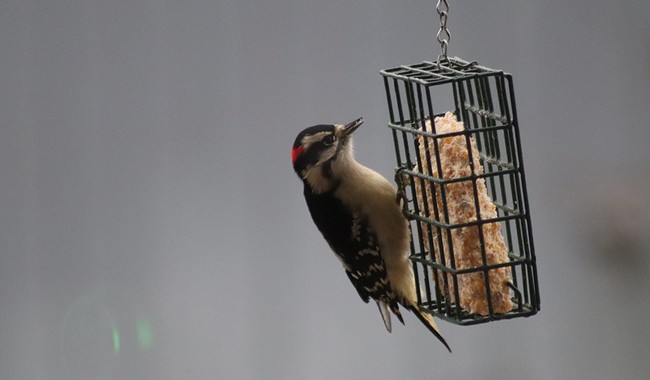I don’t know Liz Wheeler, but my friend and colleague Jeff Charles did a post defending grown men who are gamers, as a result of this post on X:
This is 💯 true. Men playing video games is peak unattractive. Beyond red flag. Like dealbreaker zone. It’s weird that so many dudes don’t get this. pic.twitter.com/nJcNiVPr8T
— Liz Wheeler (@Liz_Wheeler) August 20, 2024
This is likely a joke; not many studies return results in five-point intervals. [Editor’s Note: Community Notes found that the survey is satire.] Even so, I take issue with the post. I’ve been known to play a game or two, now and then, but that’s not what turned my head about this, and besides, Jeff has already covered that.
See Related: Seriously, Stop Stigmatizing People Who Play Video Games
Jeff writes:
Author and media figure Liz Wheeler on Monday wrote a post with a screenshot of the aforementioned survey. “This is 💯 true. Men playing video games is peak unattractive. Beyond red flag. Like dealbreaker zone. It’s weird that so many dudes don’t get this,” she wrote.
What caught my eye was the inclusion of bird watching on the list. Granted it is down the list a way – but it prompts me to ask, what the heck is wrong with birdwatching? I grew up in an Audubon Society family, back when that organization was still about birds and not climate change, and every spring and fall I accompanied my parents on nesting and migrating bird counts. I’ve always found birds of all sorts to be good neighbors (better than people in many respects), and I like watching them.
Everywhere I’ve lived, I’ve generally run a bird feeder. In our old Colorado home where we lived for so long, we had mostly house finches and chickadees. As a kid back in Allamakee County, Iowa, we had chickadees, goldfinches, cardinals, and what I’ve long considered the most beautiful of North America’s songbirds, the rose-breasted grosbeak, which sadly doesn’t range this far north.
But my favorites? I like chickadees. We have mostly the black-capped variety here, although, in the deep winter, their cousins the boreal chickadees come south and hit up our feeders. I know I’m anthropomorphizing their behavior some, but to me, they always seem so indefatigably cheerful. Even in temps of 15- or 20-below, as we’ve been seeing the last few days, these tiny bundles of feathers are out and about with the sunrise, calling, exploring, looking for food. They are frequently first at the feeder in the morning and last to leave at night. It’s fun to have them around.
See Related: Bird Befriends Alaska Girl on July 4th, Settles In for a Sweet Snuggle … on Her Head
Amazing, as well, how a one-ounce bundle of fluff can survive our long, long, cold nights. We have a good indoor-outdoor thermometer in our office building, and one morning last January, when I got into the office it was reading -31. That’s really cold, especially when the hours of darkness run from 4:30 PM or so to almost 10:00 AM at that time of year, in late January. How do they do it? How do they not freeze solid, with only their little bits of fluff to protect them? But they do, and as soon as it’s light enough, they are out and about, foraging for bits of feed to keep those tiny metabolic fires burning.
Later in the morning, the common redpolls show up. These are related to the house finch that many of our friends in the lower 48 have hanging around, but while the house finch is mostly a ground feeder, we tend to see redpolls flocked up in the tops of the birches and alders that surround our property.
We get a lot more feathered visitors when spring comes. First will be the violet-green swallows, who will be weaving and dipping overhead, calling as they hoover up mosquitoes – we love them for that. We put out nest boxes to attract them, and usually have two broods of chicks from each. They are nature’s pest control.
Next will come the juncos, then the robins, and finally, the skeins of sandhill cranes bound north.
We’re on the other side of that wheel now. Fall is on the horizon here in the Susitna Valley – yes, in late August. The swallows and robins are gone, the sandhill cranes have flocked up and are making their way south. Soon the juncos will drift off southward, leaving us with the local winter population: Chickadees, downy woodpeckers, nuthatches, and the redpolls that will drift down from the Brooks Range to spend the winter with us.
I’m a grown man, and I watch birds. I have field guides, and I have a life list of birds I’ve seen and where I’ve seen them. In my many and varied travels, I’ve made notes of the birds I’ve seen, in Japan, China, Europe, and Africa. I’ll do that as long as I live.
I like birds. I like watching birds. Ms. Wheeler, in her estimation that birdwatching is a danger sign in a man, just plain doesn’t understand what she’s missing out on.

